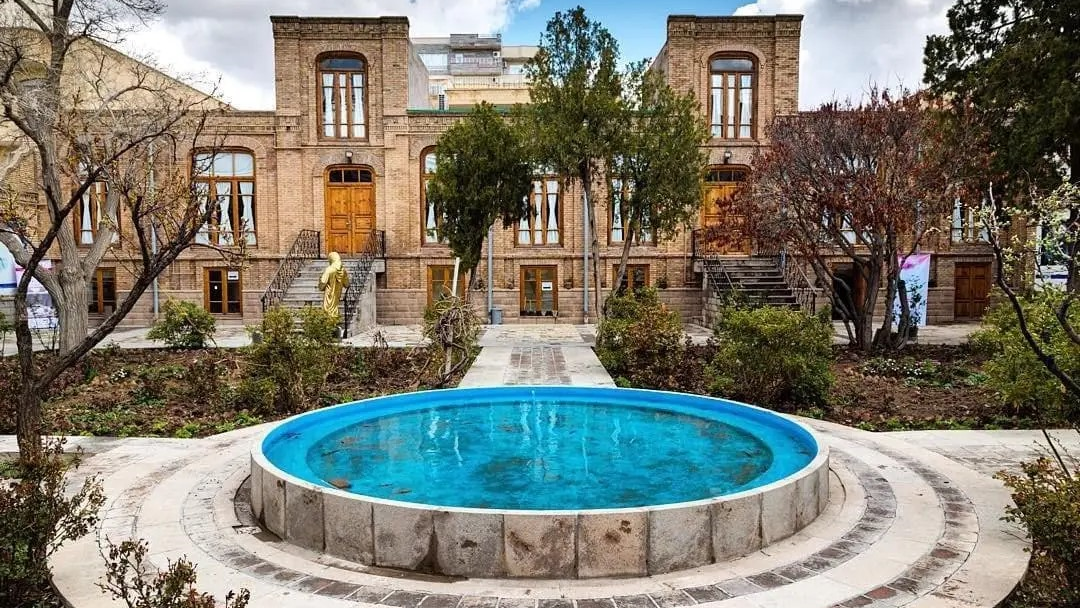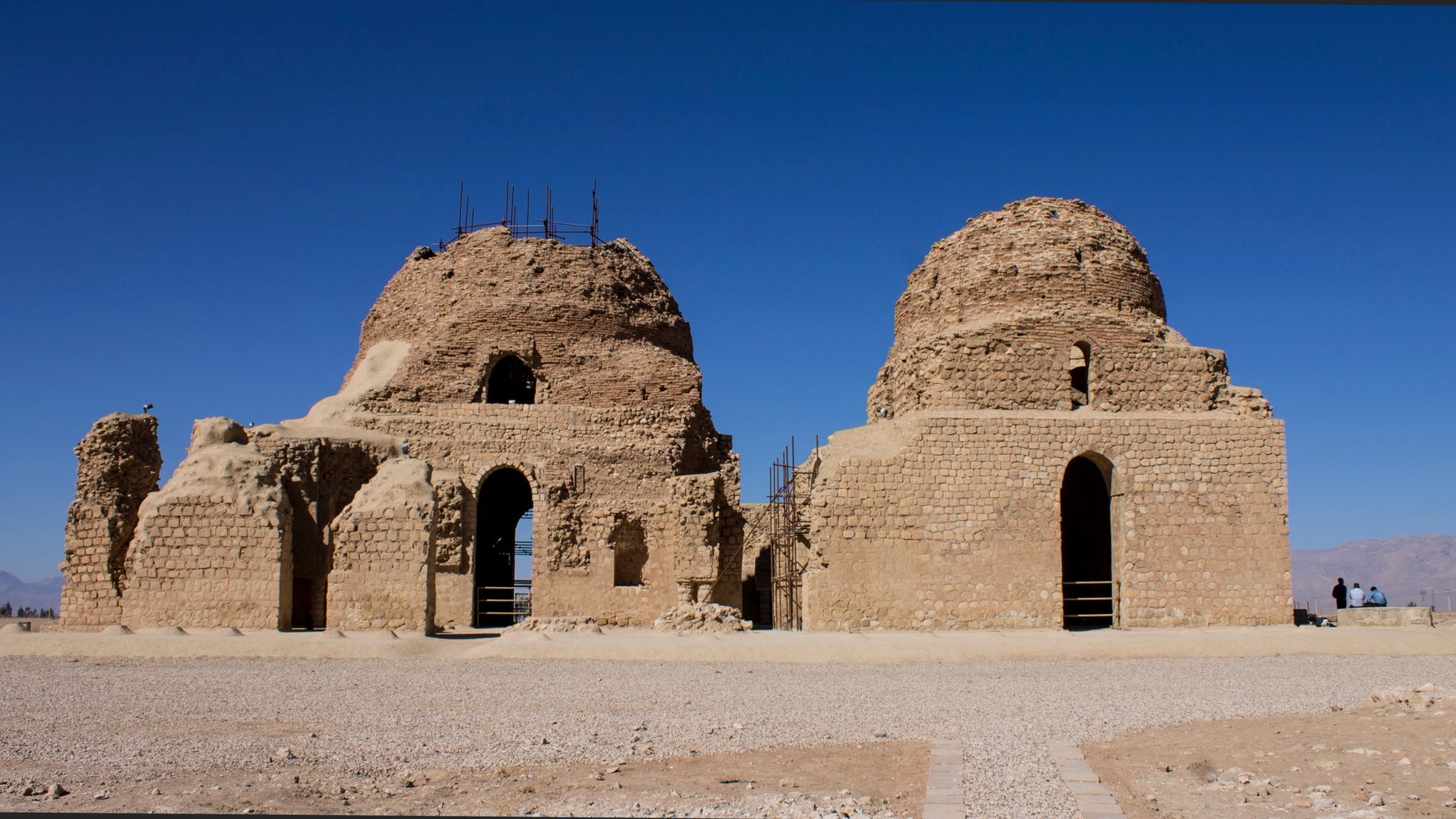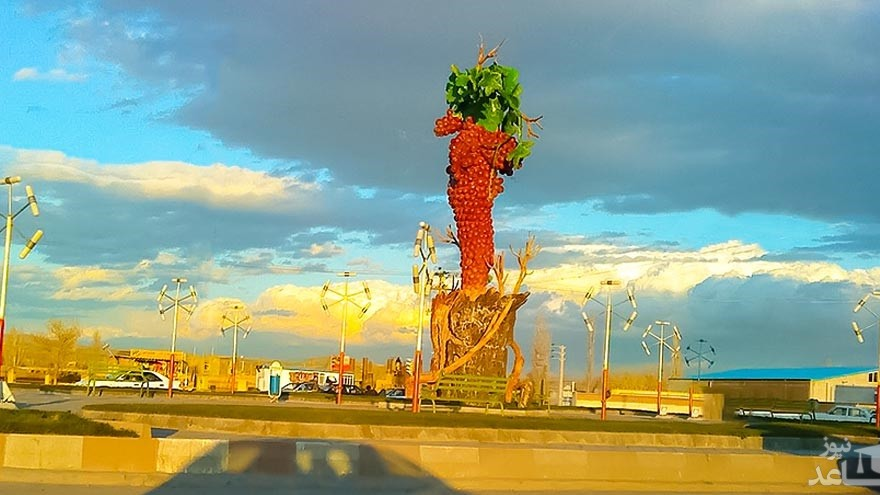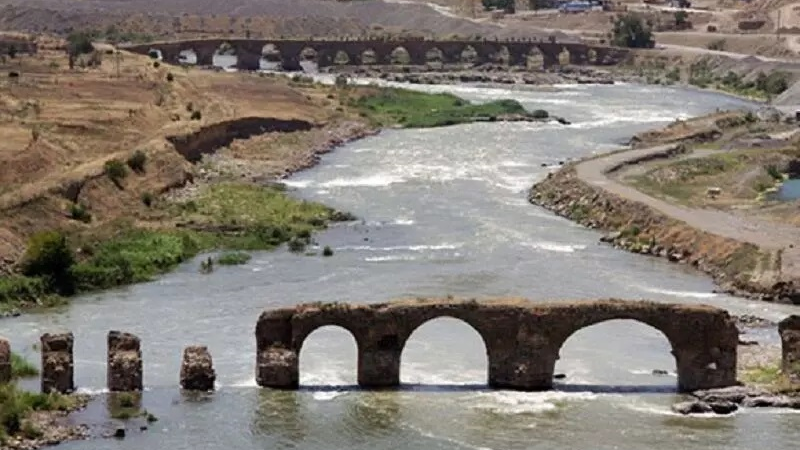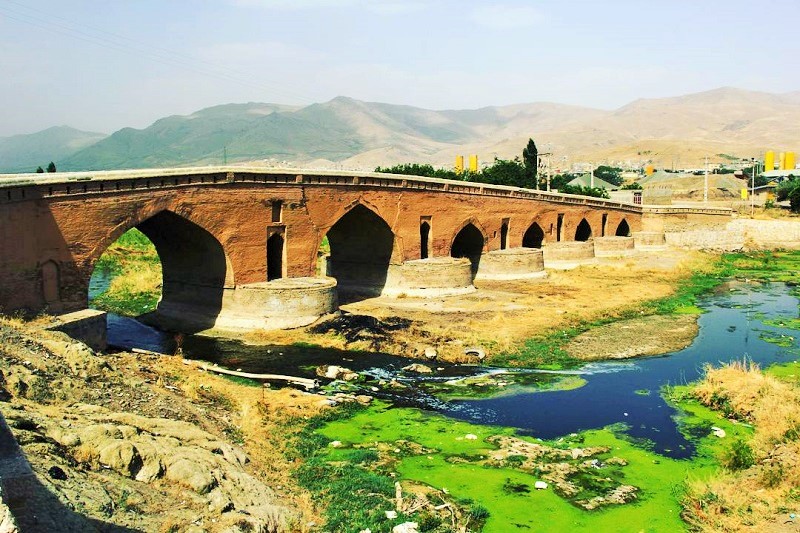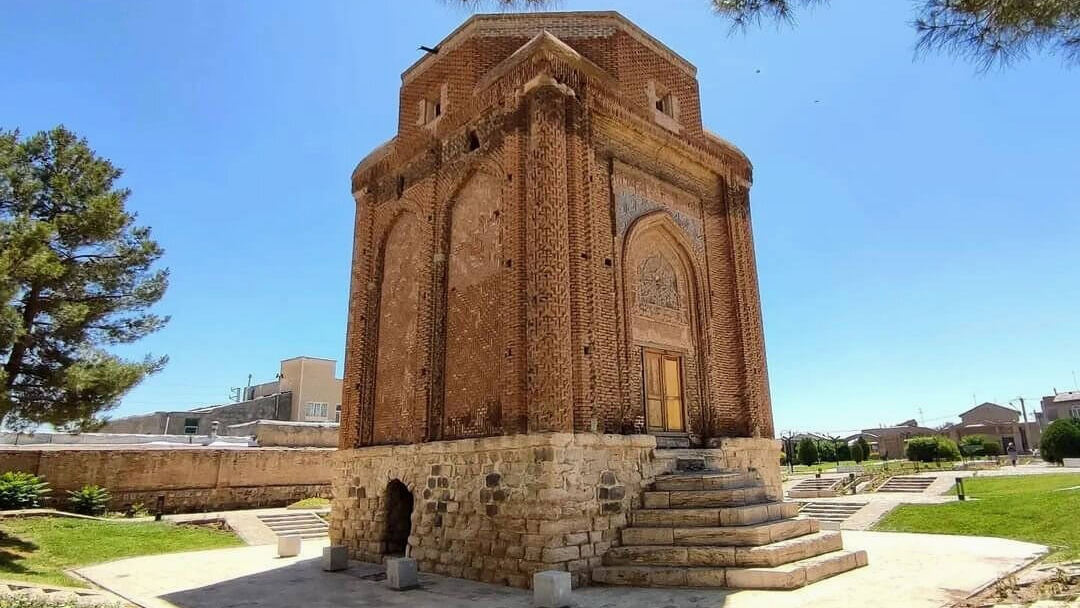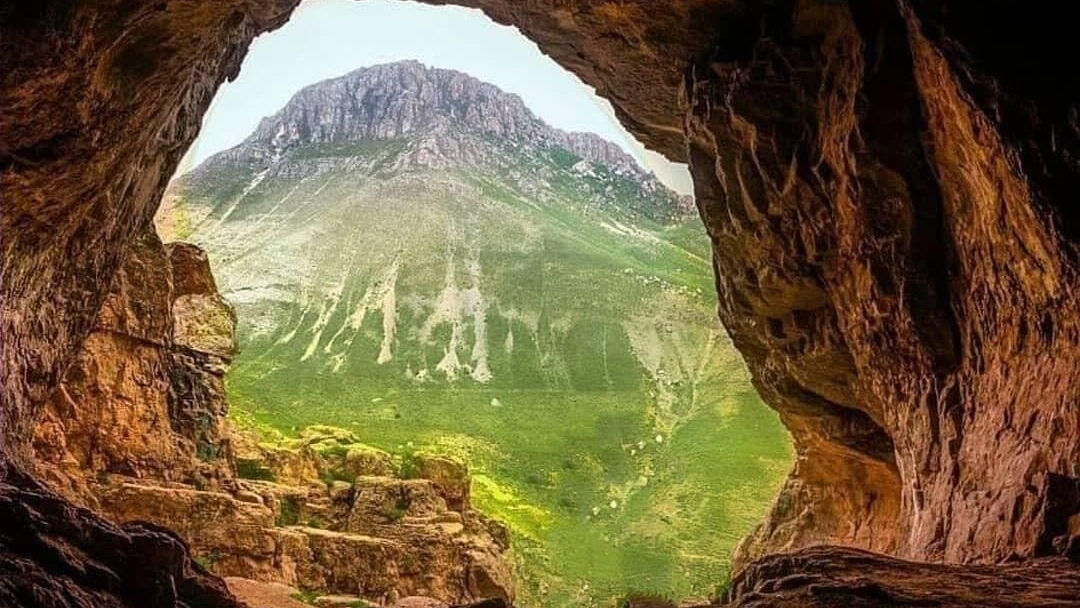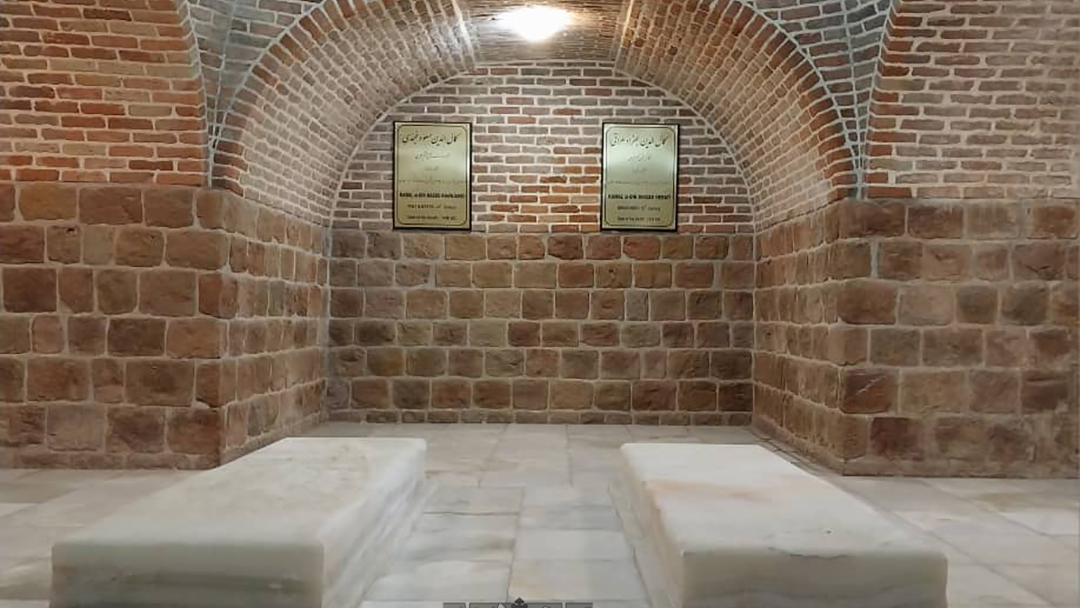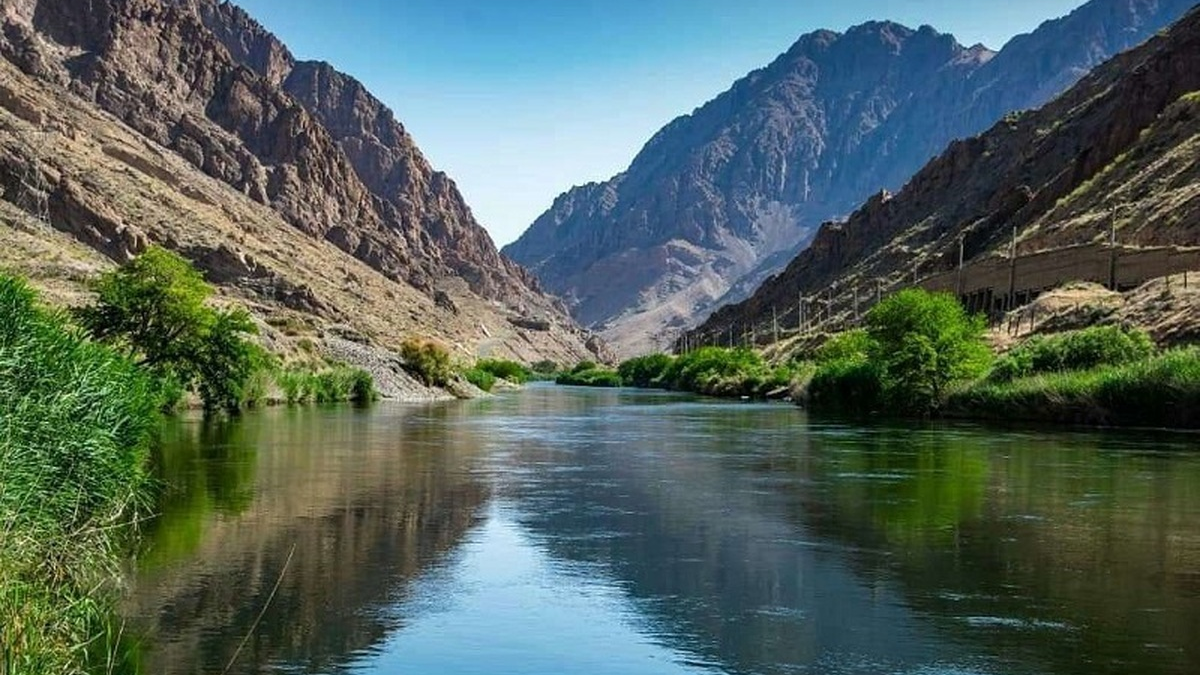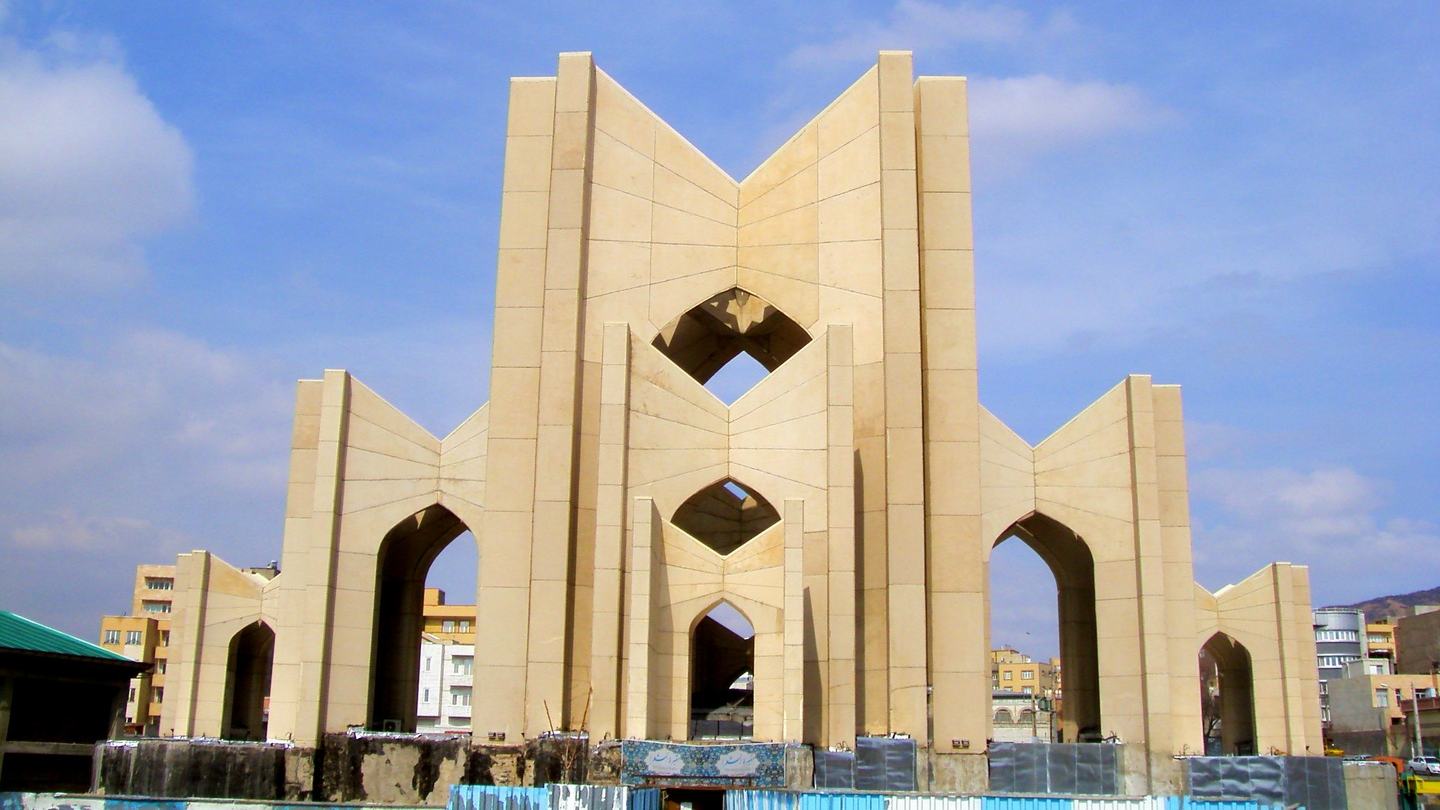
Marand; A 7000 Years Old City
Marand City is the central city of the Marand County of East Azarbaijan Province, which in terms of population, ranks third among the counties of the province. Marand City is located 65 kilometers northwest of Tabriz and is one of the oldest cities in the province in terms of historical background.
History of Marand
Due to its geographical position, Marand has been on the land route from Iran to Europe and, therefore, it has been referred to as the gateway of Iran to Europe by some people. The importance of this city has been such that historians like Ptolemy, Herodotus, and Xenophon have also mentioned it in their works by such names as “Mandagarna” or “Mandegar”. Marand had been so famous in the past that Ptolemy (around 100 to around 170 AD) had referred to it as one of the most prosperous cities in human history.
Documents related to the Urartian era show that the history of Marand dates back to much earlier than the lifetime of these two historians. According to available evidences, Marand was a prosperous city in the third millennium BC. Of course, the artifacts found in the ancient hills of Gargar, which are from the 5th millennium BC prove that the age of this city is about seven thousand years. During the rule of the Medes (678 to 549 BC), too, Marand was considered an important region.
A narration rooted in the Torah suggests the possibility of Prophet Noah (AS) being buried in the city of Marand. Some Armenians believe that Noah’s ark landed in Nakhchivan and he was buried there, but his wife was buried in Marand.
Marand after the Advent of Islam
Muslims took over the Azarbaijan region between 18 and 22 AH (639 and 641 AD), however, the first Islamic work in which Marand has been mentioned dates back to 160 AH (776 AD). Some historians believe that at that time, Marand had become a small village, it was not that important to be mentioned in the history books. According to this theory, Marand gradually expanded after the advent of Islam in Iran and regained its past glory.
It has been recorded that Babak Khorramdin (d. January 838 AD/Safar 223) revolted against the Abbasids when this dynasty ruled over Marand. In the following centuries, Marand maintained its prosperity, and tourists who traveled to this city praised its greenery and orchards in their memoirs.
Apparently, Armenians had attacked Marand in 1205 AD (602 AH) and destroyed it. But after the coming to power of Sultan Jalal al-Din Khwarazmshah (reigned 1220 to 1231 AD) this city, regained its previous glory. The importance of the city of Marand had made the cause of conflict between several groups in later periods. In the next few centuries, Marand was repeatedly invaded and it was only in the 19th century AD that peace returned to it and Marand regained its position as one of the most important cities in northwestern Iran.
Marand; Its Industries and Economy
Marand is considered the largest producer of dried fruits in Iran. This city is located on the important communication routes of Iran, and because many trailers pass through it, it has been named as “The City of Trailers”. The economy of this city is mostly based on agriculture and related industries. Legumes, summer crops, and vegetables, along with fruits such as grapes and apricots, are the most important agricultural products of Marand.
Tourist Attractions of Marand
Marand has a rich collection of historical monuments. Jame’ Mosque of Marand, which is located in the center of today’s city, is considered one of the most important historical monuments of this city. This mosque was built in 1330 AD (731 AH). Marand Caravanserai was also established in the same year and is considered one of the most important historical sites of this city. Another mosque, which is known as the “Bazaar Mosque” and some consider it to be the burial place of Noah’s wife or mother, is another historical monument of this city.
Marand also has many natural attractions that have made it one of the favorite destinations for nature lovers. The “Mughanyrdu” promenade is one of the most pristine natural attractions of this city. The name of this place means “place of contemplation” and in a way, it refers to the silence that prevails in it.
The importance of this city has been such that historians like Ptolemy, Herodotus, and Xenophon have also mentioned it in their works by such names as “Mandagarna” or “Mandegar”.
| Name | Marand; A 7000 Years Old City |
| Country | Iran |
| State | East Azerbaijan |
| City | Marand |
| Type | Historical |
| Registration | No registration |
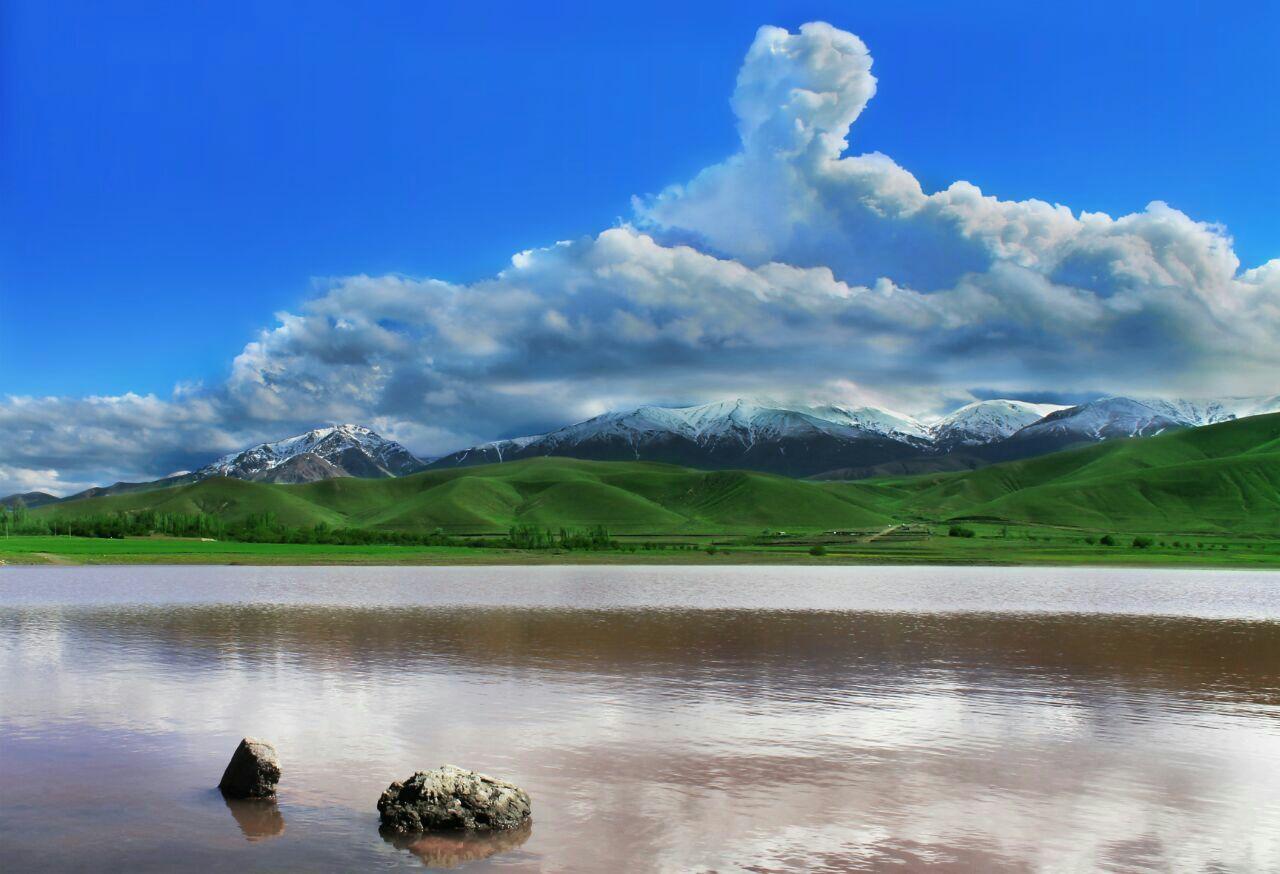
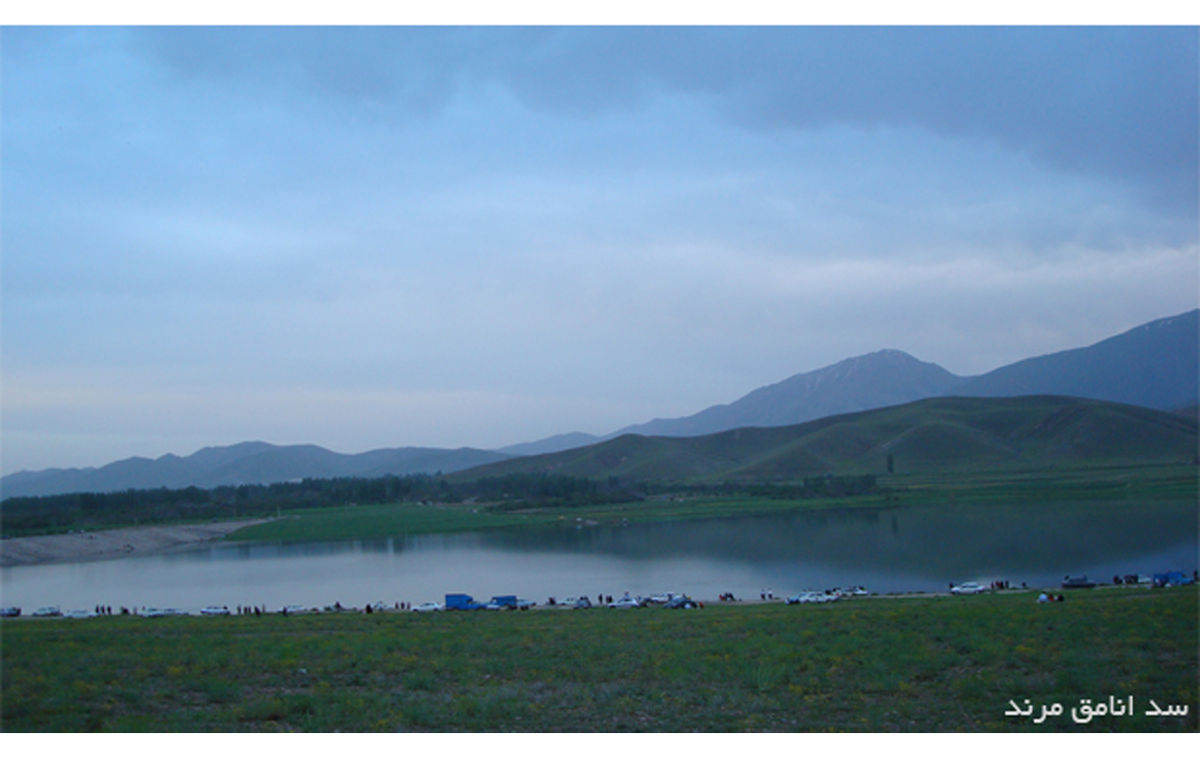
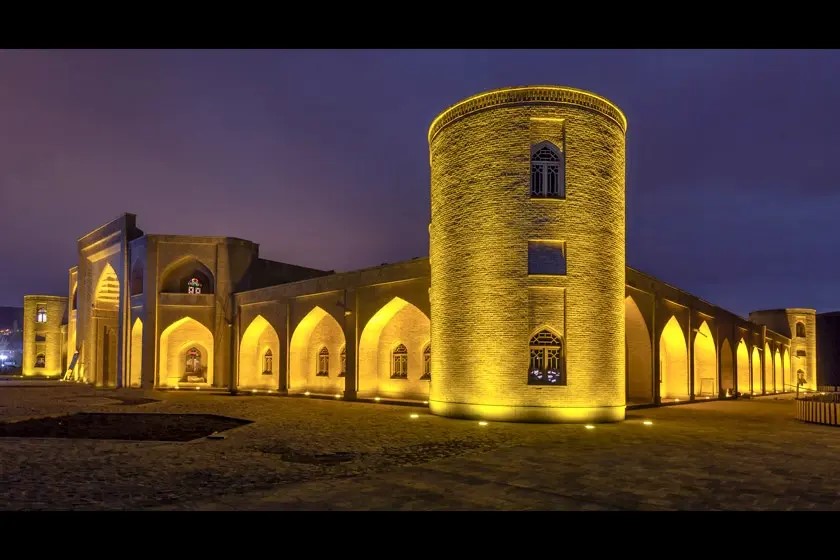
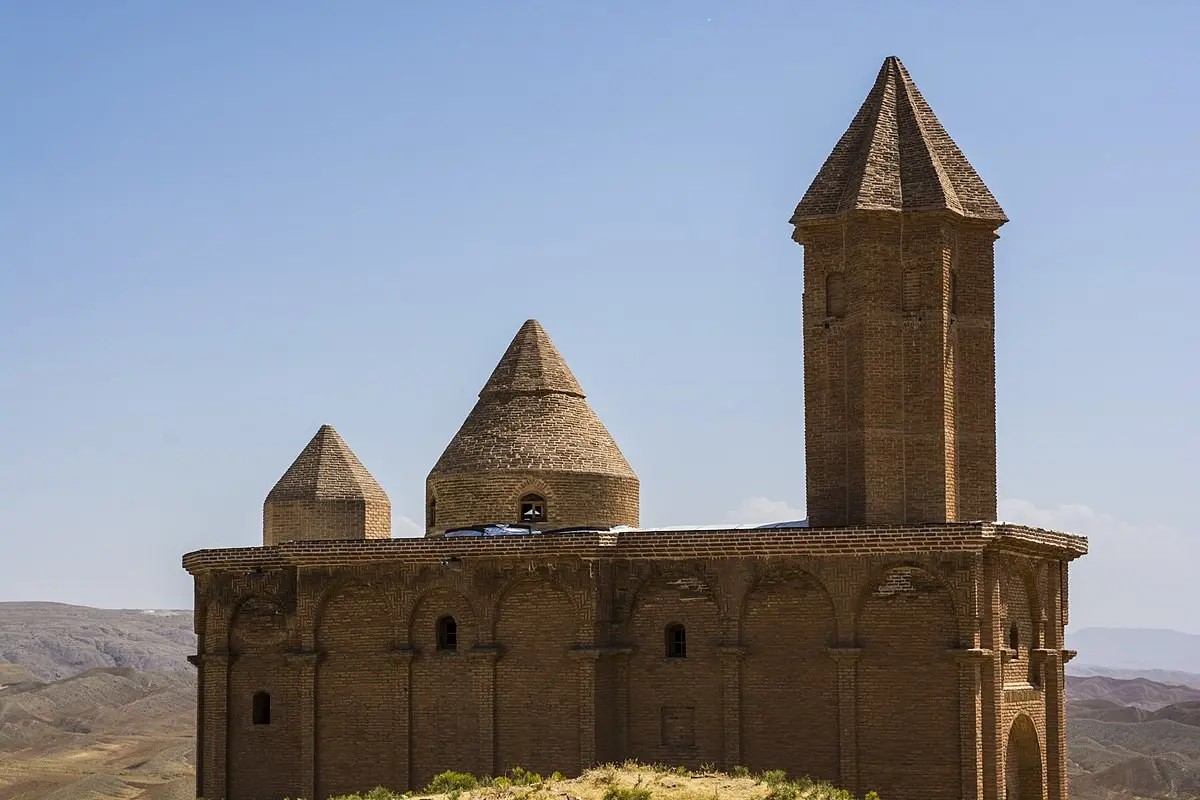






Choose blindless
Red blindless Green blindless Blue blindless Red hard to see Green hard to see Blue hard to see Monochrome Special MonochromeFont size change:
Change word spacing:
Change line height:
Change mouse type:
